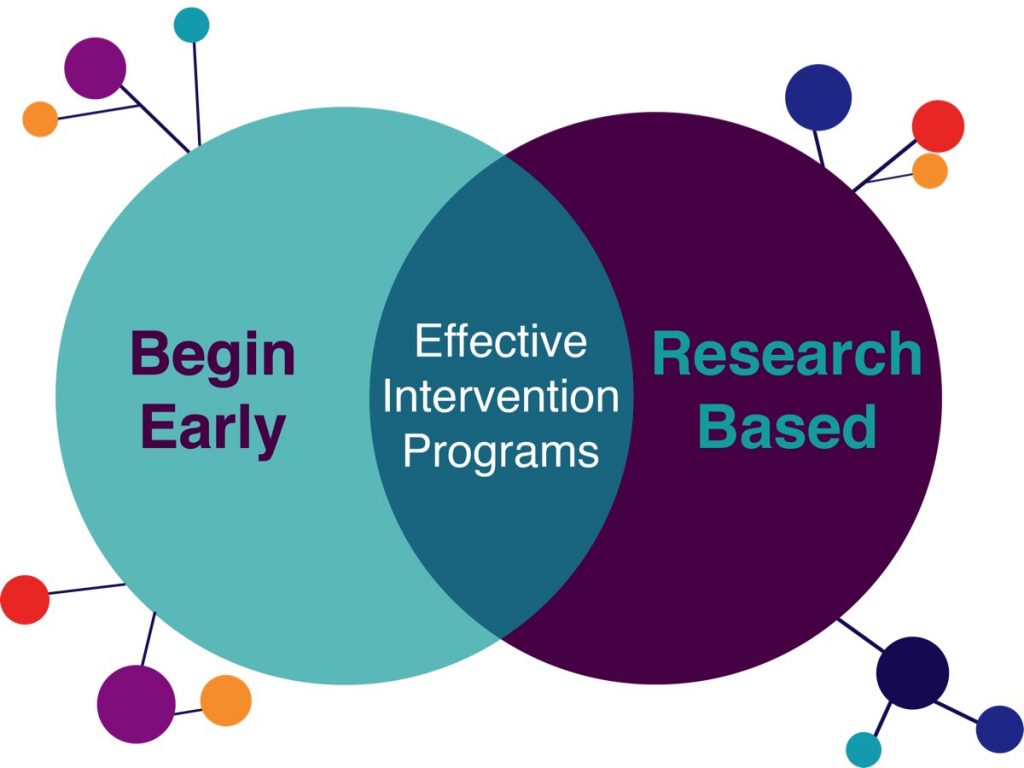
Research has taught us that early intervention is key. By 1st or 2nd grade a child’s reading skills become stable compared to their peers. This means that the first graders who are strong readers are likely to remain strong throughout their schooling. However, children who are struggling with basic skills are likely to remain worse readers throughout their schooling if we do not give them additional support.
The good news is that there are effective intervention programs to help struggling readers. The bad news is that there is no magic bullet: There is no simple trick that will cure dyslexia. Rather, it requires a commitment to build a strong foundation of reading skills in a young child with dyslexia. There are two essential components of any dyslexia intervention program. First, it must be research based. There are decades of accumulated knowledge from scientific studies exploring competing intervention strategies. Second, it must be initiated as early as possible. This is not to say that those older children who struggle are a lost cause! The earlier a child receives help, the better, but those who continue to lag behind still benefit substantially from targeted instruction programs. However, there is no reason to wait until a young child has struggled before we intervene.
-
- Dyslexia
- a learning disability characterized by poor spelling and difficulties with word recognition and word decoding. It is unrelated to intelligence, motivation, or school experience
- Explicit instruction
- systematic and direct teaching that takes into account students’ prior knowledge
- Phonics-based reading instruction
- teaching focused on how letters represent sounds and how words can be sounded out by knowing letter-sound correspondences
- Plasticity
- the brain’s ability to change as a result of experience